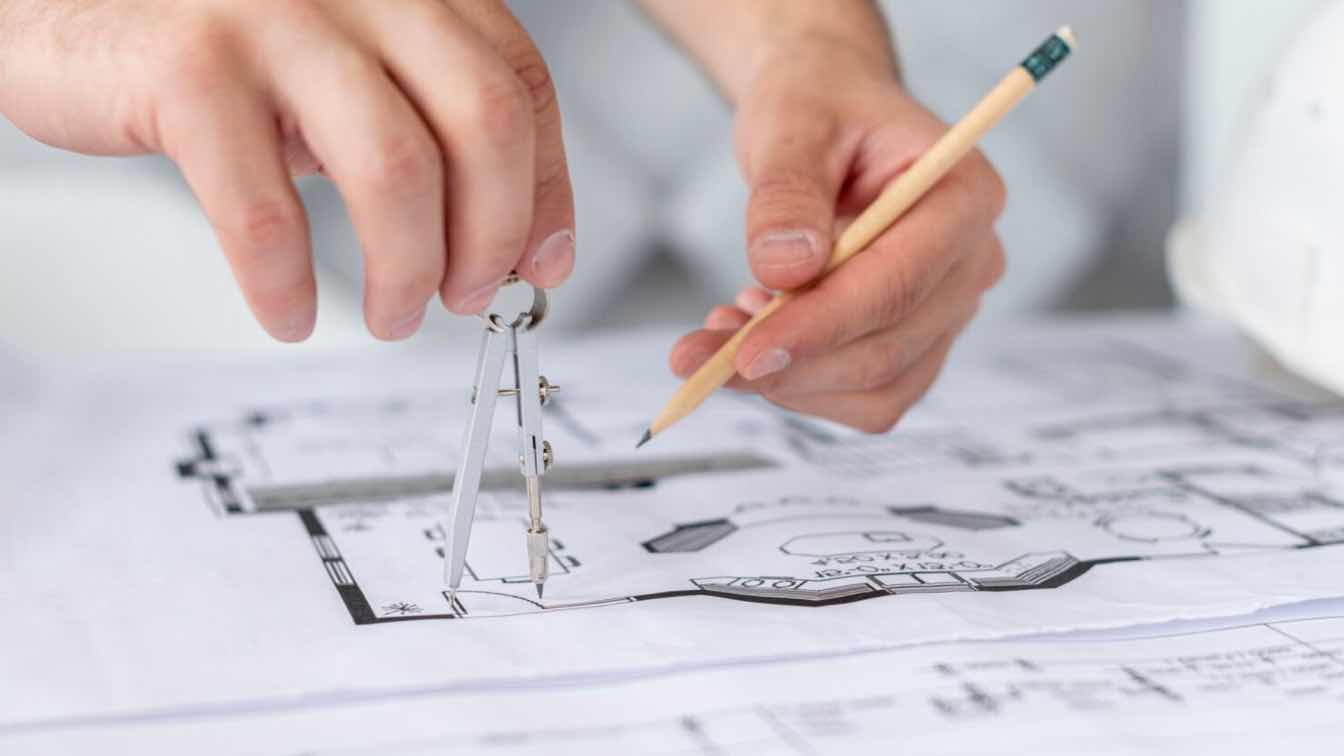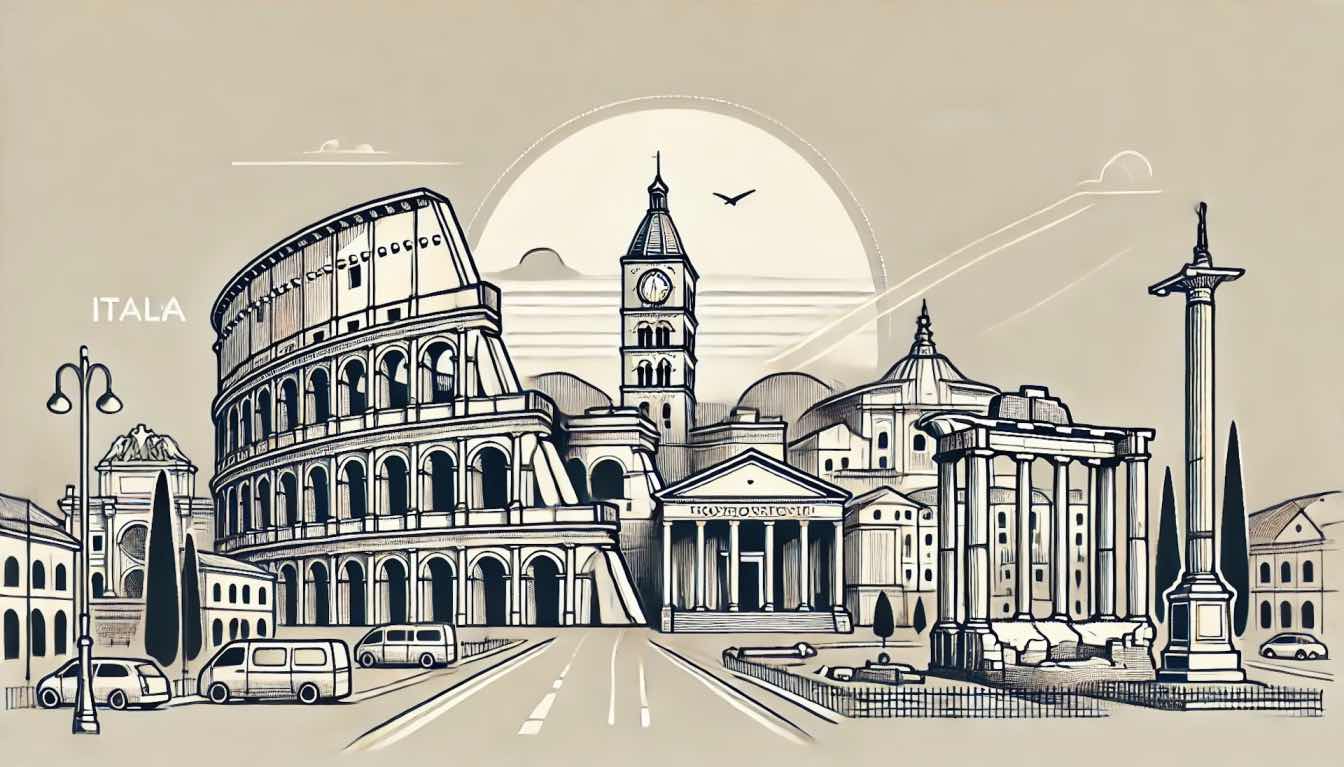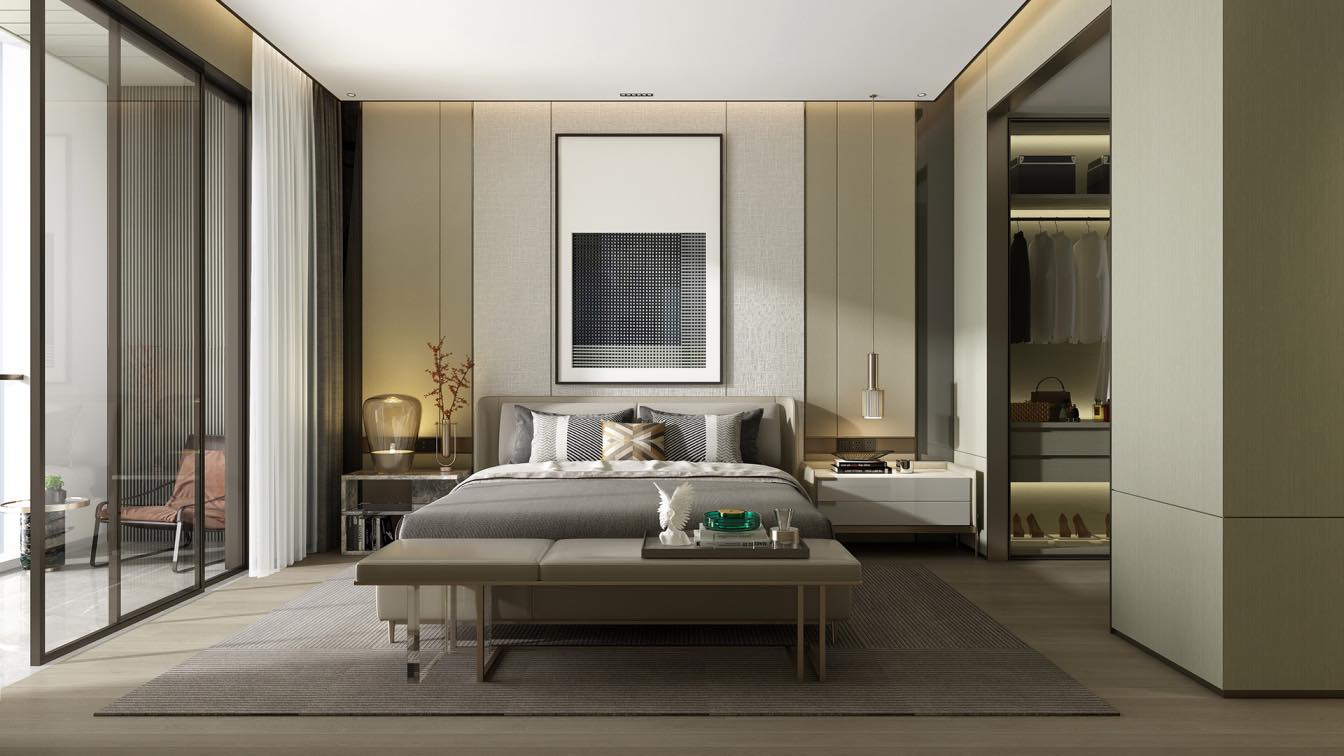Technology is one of the most fast-paced sectors in the world, and its impact is felt across all market areas and niches. Businesses, organizations, and institutions worldwide are investing in technological innovations and developments to keep up with their competitors and ensure that they survive in the current market environment. Customers have so many options to choose from nowadays that it can take a lot of work to keep them loyal to your brand. To achieve this, companies must use all the resources at their disposal and ensure that their marketing and advertising are backed by actual high-quality and excellent services.
One of the industries that benefits the most from tech advancements is architecture, a field that has historically been influenced by technology. Over the last few decades, this transformation has only been picking up speed due to the speed at which new solutions are developed and integrated into the ecosystem, such as digital tools, new construction techniques, and the development of new materials, which have, in turn, changed designs and the processes involved in building management and maintenance.
Blockchain
The blockchain is primarily recognized for the role it plays in the buying, selling, and trading of cryptocurrencies. However, many analysts believe that it could be suitable for several additional purposes on top of informing investors about the latest Ethereum price prediction figures. The decentralized ledger could indeed be the answer to many problems and irregularities affecting a wide range of industry sectors and businesses. Architecture, civil engineering, and construction work are some of the most noteworthy examples.
The blockchain can be a useful tool and find use cases when it comes to tracking materials, managing contracts, and ensuring that all contracts are managed fairly and transparently. The blockchain is well-known for its ability to keep all procedures straightforward and unambiguous, with it being one of its leading characteristics and the thing that attracted most traders to crypto trading in the first place. Leveraging the blockchain can also guarantee higher efficiency in all architecture projects and a reduced likelihood of fraud.
Every transaction recorded on the blockchain cannot be modified and is simple to track, improving accountability and facilitating quicker resolutions. The blockchain offers several benefits for the design part of the architecture, boosting efficiency and the accuracy of data management and eliminating the need for manual entries. This means duplicates are less likely to occur, while the reconciliation of information and the design process is much more secure and trustworthy.
The system also allows architects to keep an immutable record of the entire project history, including the changes that occurred throughout. The communication and collaboration the design team can enjoy as a result of the real-time verification and sharing of contracts, data, and documents likewise creates an environment that is simpler to navigate which means that processes will be completed faster and with fewer errors and frustration.
BIM
BIM, or building information modeling, is an approach in architecture that refers to the creation of digital representations of the functional and physical characteristics of buildings. It has been cited as one of the most significant advancements in the world of architecture, as it goes beyond the standard 3D modeling to incorporate real-time collaborations into the design and construction and ensure that new data can be changed regularly. By using BIM, engineers, architects, and even contractors can share the same online environment to ensure that everyone involved is up to date with the latest information.
Building Information Modeling decreases the incidence of errors, a crucial feature that can ensure the project remains within its predetermined budget, as there’s no need to spend anything extra on repairs and modifications. The BIM can also be used as a means to enhance sustainability in architecture, as the models can be employed to simulate energy performance and analyze the environmental impact of the project so that buildings are energy-efficient and eco-friendly from the get-go.
3D printing
Prototyping is vital in architectural design, being one of the key features of a streamlined construction process. Any prototype acts as a blueprint, providing the architect with a more comprehensive understanding of what the end product ought to look like. You have plenty of room for early corrections, as those working in the construction sector are most definitely not immune to mistakes. However, the stakes are very high because each failure can be a potential hazard, as there’s a possibility that it will affect the fundamental stability of the structure, as well as essential systems like drainage, power, or plumbing.
When a new architectural project is in the planning stages, having at least a rough idea of the costs is one of the most important aspects. A 3D printed prototype can offer a clear indication of the prices you can expect, either from beginning to completion or regarding the fees associated with every single stage of development. As a result, you’ll have a much more accurate idea of how much money you’ll need, meaning that you can plan accordingly, and there’s no risk of stalling or cutting corners.
3D printing serves another quintessential purpose for architecture through its ability to create specific components and materials. 3D-printed houses exist as well, built using industrial-grade technology. Structures that would take at least several weeks, if not months, to build can, therefore, be printed in a matter of only a few days, potentially reducing costs and construction times. Customized components, such as facades or panels, can be created to look exactly as the architect pictured them, so there’s no need to compromise and settle for a design choice that is only vaguely similar.
To sum up, there are several ways in which technology is changing the architectural and construction landscapes, and with developments set to continue, there will definitely be more innovations in the years to come. Right now, a lot of the focus in the industry is on proactive approaches, transparency, productivity, and sustainability, in order to create the energy-efficient, practical but aesthetically pleasing indoor spaces of tomorrow.





